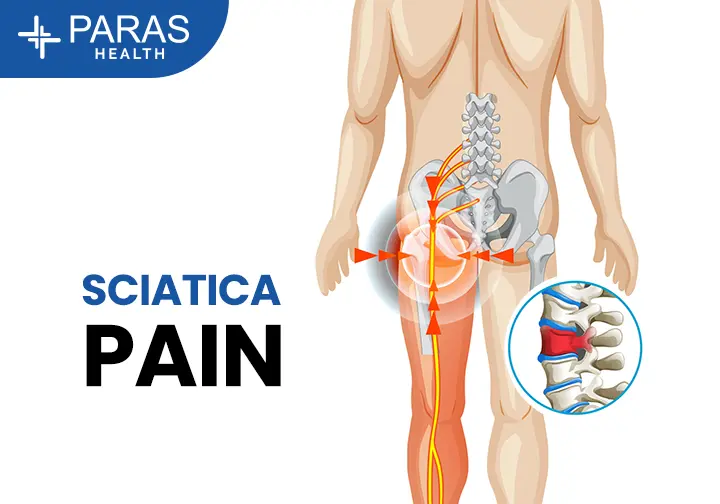Blogs
- All
- Cardiac Sciences
- Clinical Psychology
- Critical Care
- Dentistry
- Dermatology & Cosmetology
- Emergency Medicine
- Endocrinology
- ENT, Neck & Head Surgery
- Gastro Sciences
- General Surgery
- Internal Medicine
- Neuro Sciences
- Obstetrics & Gynaecology
- Onco Care
- Ophthalmology
- Orthopaedics
- Paediatrics
- Plastic Surgery
- Psychiatry
- Pulmonology
- Renal Sciences
- Emergency
- Urology
- Liver Transplant & GI Surgery
- Dietetics & Nutrition
- General
Gastro Sciences | Post Date : Dec 20, 2025
Most of us think of gut health only when we have stomach pain, acidity, or constipation. But the truth is—your gut controls far more than digestion. From immunity and mood to skin, weight, and energy levels, your gut quietly affects your entire body.
Continue Reading
Orthopaedics | Post Date : Dec 20, 2025
Sciatica pain can be frightening—especially when it shoots from your lower back down your leg and refuses to settle. Many people immediately worry: “Will I need surgery?”
The good news is most people with sciatica do NOT need surgery. However, in some situations, surgery becomes necessary to prevent nerve damage and long-term problems.
Continue Reading
Endocrinology | Post Date : Dec 17, 2025
If you’ve ever looked at your blood test report and wondered, “Is my HbA1c normal for my age?”—you’re not alone. HbA1c is one of the most important tests for understanding long-term blood sugar control, but many people don’t realise that ideal HbA1c levels can vary by age.
Continue Reading
Pulmonology | Post Date : Dec 16, 2025
Tuberculosis, commonly known as TB, is still one of the most common infectious diseases worldwide. The good news is that TB is curable, especially when it is identified early. The challenge, however, is that early TB symptoms often look mild and are easily mistaken for a seasonal infection, flu, or fatigue.
Continue Reading
Dietetics & Nutrition | Post Date : Dec 16, 2025
Calcium is one of the most important minerals your body needs every single day. Most people associate calcium only with bones and teeth, but its role goes far beyond that. From muscle movement and nerve signals to heart rhythm, calcium plays a silent yet powerful role in keeping your body functioning smoothly.
Continue Reading
Gastro Sciences | Post Date : Dec 13, 2025
Have you ever wondered why some people seem to eat freely without gaining weight, while others struggle despite eating carefully? The answer often lies in metabolic rate.
Continue Reading








